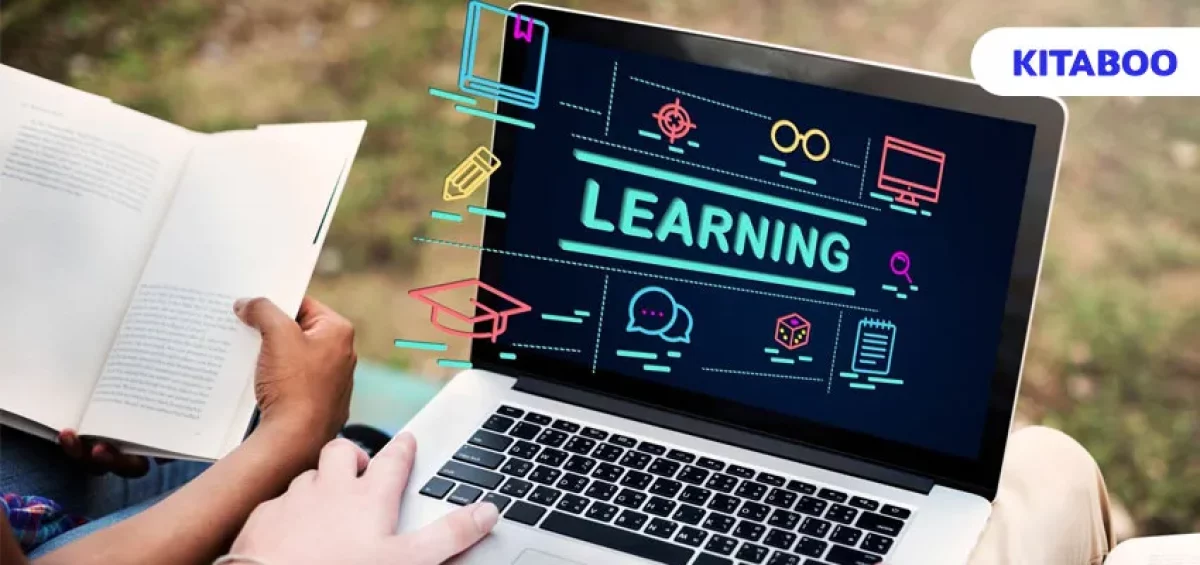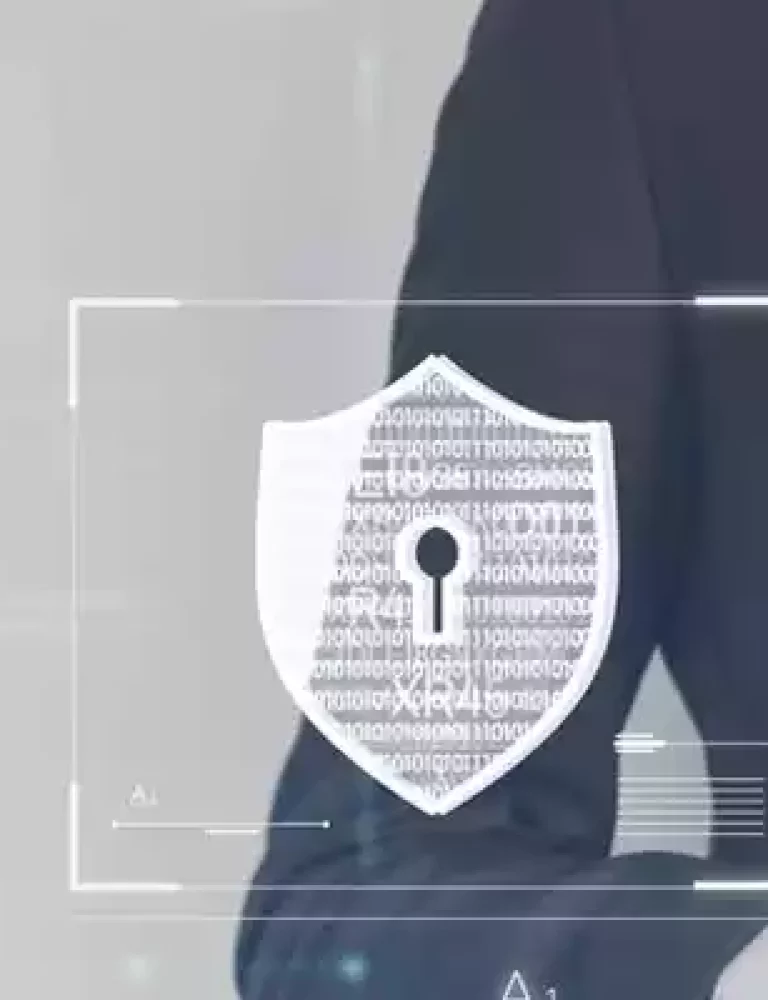Educational technology, popularly known as EdTech, is a revolution in the field of education. Digital educational products are transforming the education industry in several ways today.
The shift from traditional to digital learning includes the adoption of digitalized sources for preschool, K–12 learners, higher education, and professional learning practices. It comprises online courses, e-books, interactive simulations, and multimedia resources.
Considering the rampant growth of EdTech, it becomes necessary to keep tabs on the latest trends in educational technology and stay updated to provide a holistic educational experience to all stakeholders involved.
The global education technology market size was approximately USD 133164.3 Million in 2022 and is expected to reach USD 347520.01 million in 2028, with a CAGR of 17.34% during 2022–2028.
Forming alliances with digital textbook platforms like KITABOO, can facilitate educational outcomes, help you create engaging and visually appealing content, and promote interactive learning experiences. Learning experiences evolve with the transformation and adoption of technology.
Let us learn about the trending strategies used in the field of education and why it is important to adopt the trends in educational technology!
Table of Contents
I. Why Follow Trends in Educational Technology?
II. 7 Trends in Educational Technology that Leaders of EdTech Cannot Ignore
- Integrate VR and AR into Education
- Use Gamification to Enhance Learner Engagement
- Apply AI for Personalized Learning
- Explore the Concept of Blockchain in EdTech
- Take Advantage of the Latest EdTech Resources
- Deliver a User-Friendly Experience for All
- Focus on Remote and Hybrid Learning
III. Conclusion
Why Follow Trends in Educational Technology?
CEOs, CPOs, and Technology managers need to inculcate such measures in their existing pedagogical and training methodologies to enhance student engagement and understanding. Imbibing educational technology and its trending strategies helps to:
- Enhance personalized learning experiences
- Offer user-friendly experience for all
- Drive a data-driven approach that helps educators make informed decisions, identify areas for improvement, and track overall progress.
- Introduce interactive elements, simulations, and gamification to make learning more engaging and enjoyable.
- Provide opportunities for educators to enhance their skills and stay current with educational trends.
- Offer the latest digital resources which lead to a more cost-effective and impactful approach
- Reduce the environmental impact associated with physical learning materials.
Leaders need to explore innovative teaching methods, develop pedagogical skills relevant to the modern job market, and create dynamic and experiential learning environments.
7 Trends in Educational Technology that Leaders of EdTech Cannot Ignore
Let us now deep dive into the current trends in educational technology that CEOs, technology managers, and CPOs must apply in their respective educational organizations.
1. Integrate VR and AR into Education
One of the latest trends in EdTech is the offer of immersive learning experiences using Augmented Reality (AR) and Virtual Reality (VR) in education. This helps learners with hands-on training through simulations, VR field trips, and visual and graphical representations of practical training in high-end subjects.
Following this trend eventually leads to enhanced collaboration, skill development, and data visualization.
2. Use Gamification to Enhance Learner Engagement
It has been rightly said that learners need to learn the smart way, not the hard way. It is also true that learning through play has a much more lasting effect, leading to lifelong learning, than through traditional means.
It has become important to include interactive elements, engaging and visually appealing content, and gamification in digital products to enhance student engagement.
Gamification introduces attractive gaming design and mechanisms, assessment methods using points and rewards, structured learning into levels and progressions, and participating in quests and challenges.
Collaborative games add an element of urgency and excitement and help learners apply theoretical knowledge in practical scenarios.
3. Apply AI for Personalized Learning
Artificial Intelligence and the application of Machine Learning and Natural Language Processing enable adaptive learning experiences by personalizing content to individual student needs and pacing.
This enhances understanding and retention and allows educators to gather and analyze data on student performance. AI also promotes a data-driven approach that helps identify strengths and weaknesses, enabling targeted interventions.
AI-driven educational systems include automated grading and assessments, predictive analytics, the use of chatbots, virtual assistants, and voice support.
4. Explore the Concept of Blockchain in EdTech
Adopting blockchain in today’s changing educational scenario contributes immensely to the success of the educational sector.
Blockchain can help verify academic credentials and reduce the risk of fraud. It helps in recording a tamper-proof record of students, tracking resources, and distributing educational opportunities.
5. Take Advantage of the Latest EdTech Resources
Digital products have democratized education by providing access to learning resources anytime and anywhere. The latest EdTech resources include the application of LMS (Learning Management Systems), online course platforms, generation of engaging and visually appealing content, coding and STEM education, audio and video learning, online curriculum planning, delivery of learning through eBooks, podcasts, etc.
Digital textbook platforms like KITABOO form the best and most lucrative partnerships with educational leaders to deliver the latest subject matter based on specific educational goals.
6. Deliver a User-Friendly Experience for All
Include digital tools that support a user-friendly approach to ongoing teacher professional development, enabling educators to stay updated on best practices, new methodologies, and advancements in their field.
Adopting a user-friendly approach means accommodating different learning styles and addressing the needs of students with diverse abilities, making education more inclusive.
EdTech leaders must focus on user-centered designs, accessibility to accommodate all kinds of learners and educators, and an intuitive interface. The digital platform must have clear navigation and user-friendly layouts and should have a responsive design that can be accessible on multiple devices.
7. Focus on Remote and Hybrid Learning
Online platforms facilitate collaboration among students and educators globally. This further encourages diverse perspectives and cultural exchange. Hybrid and remote learning opportunities offer flexibility to students and help them learn at their own pace.
It also provides resilience, which means that education carries on despite adverse circumstances. It further focuses on individualized learning, cost savings, technological integration, and lifelong learning opportunities.
Conclusion
Adoption, implementation, and consistent updation of trends in educational technology, ultimately lead to digital literacy, critical thinking, problem-solving, and collaboration. Digital tools enable more dynamic and diverse forms of assessment, moving beyond traditional exams to include interactive quizzes, project-based assessments, and real-world simulations.
Leaders of EdTech must ensure that they take note of such trends, and establish them in their administration for immersive experiences and interactive learning.
You can contact the professionals at KITABOO, a digital textbook platform, to integrate trending educational resources and elements into the existing educational content and to make learning more engaging and enjoyable.
To know more, write to us at KITABOO@hurix.com. Connect with us to start a conversation.
Discover How An Ebook Conversion, Publishing & Distribution Platform Can Help You
Kitaboo is a cloud-based content platform to create-publish & securely distribute interactive mobile-ready ebooks.
You May Also Like
-
Interactive Learning: Making Education Fun and Effective
Blog,Digital Publishing,eBook solution / November 20, 2023
-
Types of Assessments: Online vs. Offline Assessments
Blog,Digital Publishing,eBook solution / February 27, 2024







